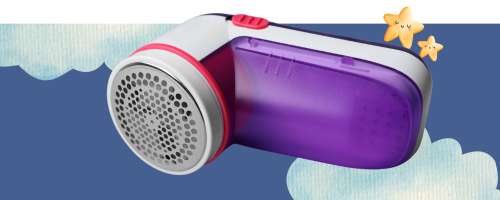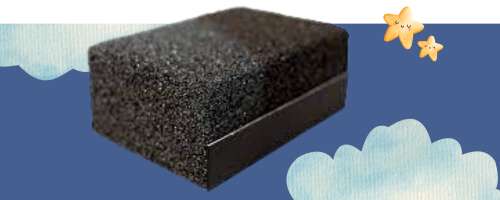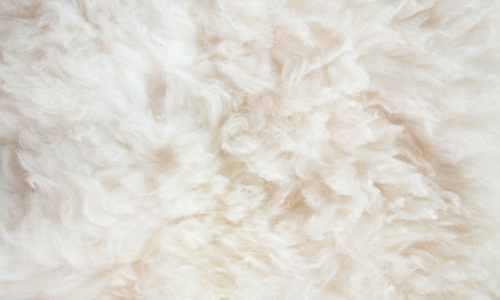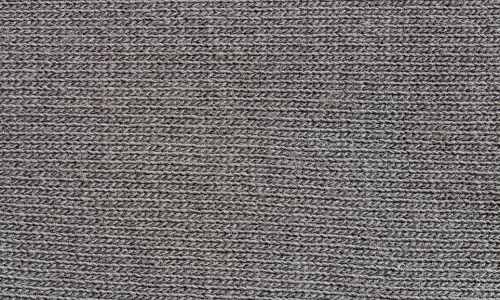Easy Guide to Lint-Free Socks: A Complete Look at Prevention and Removal
If you’ve ever pulled your favorite socks out of the dryer only to find them covered in annoying little fuzz balls, you know how frustrating lint can be. But don’t worry; there are simple ways to deal with it. In this article, we’ll look at why lint happens and give you easy tips to keep your socks looking and feeling great.
What causes lint? Lint is made up of tiny fibers that come loose from your socks. These fibers start breaking off when you wear, wash, and dry. Then, they stick together and form lint. The type of material your socks are made from can make a big difference. Cheaper or very fluffy materials tend to produce more lint.
Common Reasons for Linty Socks
- Low-Quality Material: If your socks are made from cheaper materials, they're more likely to get lint.
- Washing and Drying: Each wash and dry cycle wears out the fibers in your socks a little bit, leading to more lint.
How Can You Prevent Lint on Your Socks?
Picking the Right Socks
Go for Quality: Higher quality sock fibers are stronger and break down slower. This means you'll see less lint.
First Wash Matters: Washing new socks alone before you wear them removes loose fibers. This simple step can significantly reduce lint later on.
Smart Washing Tips
Separation is Key: Use a mesh laundry bag for your socks. This protects them from getting rubbed and picking up lint from other clothes.
Inside Out: Turning socks inside out before washing helps get rid of oils and dirt. It also protects the outer surface from getting too much
Effective Lint Removal Techniques
Getting Rid of Lint Easily

Lint Roller: This is a quick fix for most types of socks. Just roll it over your socks to pick up lint.


Packing Tape: Similar to a lint roller, you can use packing tape to pull off lint from your socks. Press it on and then peel it away.


Fabric Shaver: This gadget is designed to remove lint carefully. It works on all sorts of socks, from cotton to synthetic.


Sweater Stone: If you have wool socks, this tool is ideal. It gently removes lint without damaging the fabric.


Wool Comb: A wool comb is perfect for high-end socks like merino or cashmere. It carefully removes larger lint balls.
More Tips for Lint-Free Socks
- Fabric Softener: Using fabric softener in your wash can help reduce lint formation.
- Cold Water Wash: Washing socks in cold water is gentler and can prevent lint.
Laundry Do's and Don'ts
Good Laundry Habits
Sort Your Laundry
Keep heavy or rough-textured clothes separate from socks. They can cause more lint.
Gentle Detergents:
Use mild detergents to keep the fibers in your socks from breaking down too quickly.
Avoid Overloading:
Don't stuff your washer or dryer too full. Clothes need room to move freely, or they'll rub too much and create lint.
Laundry Mistakes to Avoid
Too Much Heat
High heat in the dryer can damage fibers, leading to more lint. Use a lower heat setting or air dry your socks.
Harsh Chemicals
High heat in the dryer can damage fibers, leading to more lint. Use a lower heat setting or air dry your socks.
Understanding Different Sock Materials


Cotton
Breathable and comfortable but can get lint. Use a lint roller or packing tape.


Wool


Synthetic (like nylon or spandex):
Less lint but can still pill. A fabric shaver is ideal for these.
Read this article: Sock Shopping Made Easy: A Comprehensive Guide to Choosing the Best Sock Materials
Dealing with lint on your socks is all about knowing the right tricks. Choose quality socks, wash them correctly, and use the right tools to remove lint. With these tips, you can keep your socks looking and feeling great for longer.

